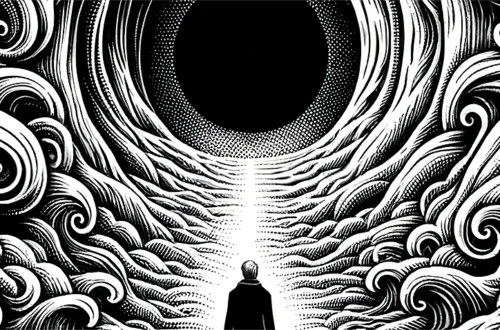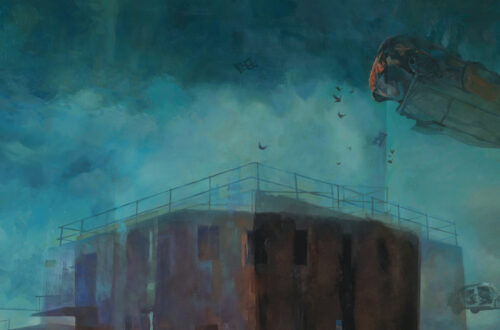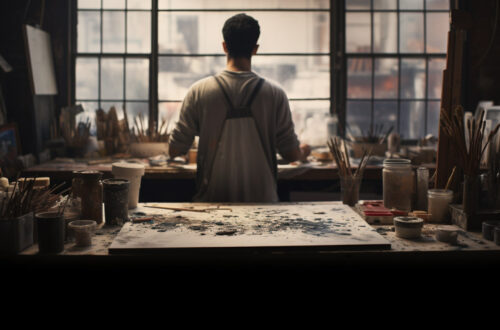
Understand the Creative Process to Make Better Work
The creative process serves as a framework for the evolution of a creative project. There is no one “right” way to follow this process. You will encounter various slightly different definitions and terminology for the stages, so don’t expect to find a single, universally accepted version. Ultimately, you will tailor the process to suit your own working style. Begin by adhering to the structure of research, development, implementation, and evaluation. Let’s examine the creative process and how to adopt a practical version of this valuable toolset.
- Why you should prioritise process improvement over technical skills development
- What is the structure of the creative process?
- What are the stages in the real-world creative process?
- A more detailed and practical version of the process
- 1. Define what you are trying to create
- 2. Research to get ideas started
- 3. Analyse the research
- 4. Create rough ideation drawings
- 5. Evaluate the rough ideas to select which ones to develop further
- 6. Develop the selected idea(s) to create a rough version of the finished item
- 7. Seek feedback
- 8. Start the final piece of work
- 9. Reflect and evaluate
- Why follow the creative process?
- Final Thoughts
Why you should prioritise process improvement over technical skills development
In my classes, I often begin the subject of creative process by emphasising to my students that it is the most important thing they will learn about. I believe that process is far more crucial at the learning stage than technical skills. As you advance in your practice, process becomes even more vital than goal setting.
Acquiring practical skills takes time and progresses at a gradual rate. The training and knowledge that will most enhance your productivity and creative success rate revolves around developing your process. Additionally, it is essential to be able to manage your own mind and focus, and we will cover strategies for this in future articles. Let’s examine what the creative process is and how you can incorporate it into your practice to see an increase in satisfaction and productivity.
The creation of a new piece of work can bring energy and excitement that it is easy to be tempted by. We always want to rush forward to reach the stage where we see the ideas come to physical fruition. To hasten to where the brush touches canvas and the work starts to come to life. Don’t get me wrong – there is a place for this, for plunging into intuitive work. When your workflow is flowing smoothly, it can work – and very well. Remember also when your workflow is stalling, then you will benefit from relying on a solid creative process.
What is the structure of the creative process?
The creative process is a set of straightforward steps that provide a framework for project development. These steps are often defined as preparation, incubation, illumination, verification, and evaluation. The terms may be a bit abstract for getting started, so let’s break them down to make them more accessible. What do these terms actually mean and how can we use them to implement a more practical version of the process for ourselves?
- Preparation: Define the problem and research it.
- Incubation: Plan potential solutions based on your research.
- Illumination: Decide on the final solution.
- Verification: Create a final version.
- Evaluation: Reflect on what went well and what you would do differently next time.
You may repeat some of the stages more than once. Sometimes, rerunning parts of the cycle repeatedly until the best outcome is achieved is the best approach. For example, you may make and test a prototype many times (incubation) until you get something that works. In the end, following this process produces a result that may not be perfect but is at least thoroughly conceptualised. You should feel like you have explored the idea thoroughly. If you are unsure of where a project should go next, these steps are tried and tested to guide you through your creative project. They provide structure for your development.
What are the stages in the real-world creative process?
In practice, the process of creating a piece of creative work is a bit messier. We don’t follow the steps neatly, and we tend to linger in the parts that we find more comfortable and less challenging. If you struggle with procrastination, you may hover around incubation without ever committing to a decision. This is where self-awareness and reflection become important. To progress in your personal creative development, you have to be aware of, confront, and overcome these issues.
To become aware of the issues and weaknesses in your process, you have to be honest with yourself, but the first step is to understand what the process should look like. In my experience, the creative process often looks more like this:
- Define what you are trying to create.
- Research to get ideas started.
- Analyse the research.
- Create rough ideation drawings.
- Evaluate the rough ideas to select which ones to develop further.
- Develop the selected ideas to create a rough version of the finished item.
- Seek feedback.
- Begin the final piece of work.
- Reflect and evaluate.
Often I will speak with new students who are having trouble generating ideas for a piece of work or who have lost their way in the process. Sometimes they haven’t adopted a process at all. Often, they have jumped straight into the creation of work, starting a final piece with no build-up or plan for how the work will be resolved. Invariably, when we have a tutorial, I direct them to revisit their process with some structure, and things start to work better.
If you don’t follow a creative process, it’s worth considering. There is a reason that professional and successful practitioners refer to this way of working and a reason it has become a recognised technique to use.
A more detailed and practical version of the process
If we take the steps outlined above but add a little more practical detail, you’ll have a more comprehensive framework to follow:
1. Define what you are trying to create
What are you actually trying to achieve with this piece of work? Having some clear objective or sense of direction is crucial. It helps to focus the work and allows you to set visual hierarchy and objectives.
2. Research to get ideas started
Research comes in many different forms. You can use observational drawing and photography as visual research. You can also use traditional information gathering, reading, writing, and discussion as research. The idea at this stage is to immerse yourself in the subject and understand the material you are working with, as well as what others have done with it.
3. Analyse the research
Now that you have research material, take the time to digest it and understand it. Look for patterns, interesting details that you can emphasize or exploit, and select from your research to feed your project. Be careful not to fall into analysis paralysis, where the project stalls while you are trying to grasp the material. Keep this stage moving and doodle and take notes while you think, which will feed the next stage.
4. Create rough ideation drawings
By this point, you should have a sense of the rough ideas for your work. Keep your options open and explore different possibilities through ideation drawings. Keep the sketching quick and loose at this stage. The goal is to give yourself multiple potential starting points for a finished piece (or series of pieces) of work.
5. Evaluate the rough ideas to select which ones to develop further
Take a final look at everything you have produced so far. If you’ve made it this far, you’re on the right track. Now it’s time to make a decision. Choose an idea and try to work it out in more detail. This stage can be prone to paralysis, and I often see students procrastinate while searching for the “perfect” idea. Remember, there is no such thing. Select the idea that has the most aesthetic value and meets the objectives you set for the work.
Redraw your ideation drawing, adding a bit more detail (if appropriate for your style of work). You’re trying to place the individual pieces and determine the visual hierarchy.
6. Develop the selected idea(s) to create a rough version of the finished item
Redraw as many times as necessary until you feel confident in your understanding of how the work will come together. This is the time to work out any problem areas as much as you can.
7. Seek feedback
While optional, it’s advisable to seek feedback from your peers before you move into production. Alternatively, set your work aside for a while and come back to it later with fresh eyes.
8. Start the final piece of work
It’s time to take all of that preparation and research and start creating. Remember to push through and complete the work, even if it’s not perfect. Abandoning the project is not the answer.
9. Reflect and evaluate
Finally, take a step back and consider what worked, what didn’t work, and what you would do differently next time. This reflection is crucial, even if it feels like a waste of time. Failing to reflect will only lead to repeating the same mistakes in future projects.
Why follow the creative process?
While it’s possible to create a successful piece of work without a defined process, it’s rare. By skipping the necessary steps, you risk producing something that may not fully meet your objectives. In addition to helping you conceptualise more thoroughly, the creative process offers these benefits:
By adhering to a structured process, you can:
- Clearly define the purpose of your work and measure its success
- Manage your time more effectively by understanding which parts of the process take longer and where you may get sidetracked
- Improve your creative output by avoiding the tendency for projects to expand and fill all available time
As you become more experienced, you will gain insight into which parts of the process take longer and where you may encounter challenges. By reflecting on this and making adjustments to your process, you can prevent potential problems from hindering your progress. Above all, by self-reflecting and monitoring your progress against a defined process, you can maximise your creative potential.
Final Thoughts
As someone who has personally struggled with impatience and a lack of planning in my own creative projects, I can attest to the importance of following a structured process. Through experience, I’ve learned to pay closer attention to the various stages of my projects, allowing me to identify potential problems and address them before they become bigger issues. Ultimately this helps me to produce more satisfying work, but it also allows me to be more efficient and effective in my creative endeavors.
Whether you’re a seasoned pro or just starting out, I highly recommend focusing on your process rather than just the final product. By continuously refining and improving your approach, you’ll not only see an improvement in the quality of your work, but also in your overall productivity and satisfaction with your creations.






